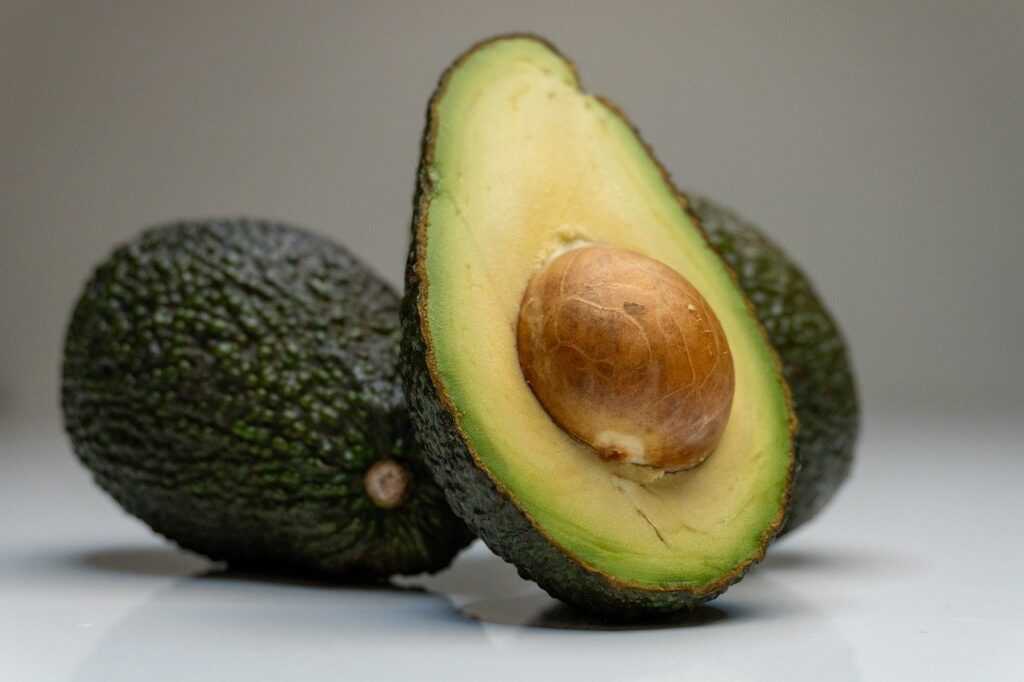Eating well can feel overwhelming in a world overloaded with trends, conflicting opinions, and ever-changing studies. But if you’re looking for clear, actionable advice on nutrition fhthgoodfood, one great starting point is https://fhthgoodfood.com/advice-on-nutrition-fhthgoodfood/. It cuts through the noise to help people make smarter food choices without getting bogged down in fads. Let’s break down what good nutrition advice really looks like, what to ignore, and how you can make better decisions every day.
Why Nutritional Advice Often Misses the Mark
First off, it’s not you—nutrition advice is often confusing because it’s driven by hype, not science. One month carbs are the enemy, next they’re essential. Some influencers preach protein-packed everything, while others push juice fasts.
Much of this stems from:
- Studies taken out of context
- Marketing disguised as wellness
- One-size-fits-all solutions
- Lack of consideration for cultural or personal differences
At its core, proper nutrition isn’t about extremes. It’s about balance, consistency, and understanding what fuels your body best.
The Pillars of Smart Nutrition
Solid advice on nutrition fhthgoodfood style usually centers around a few tried-and-true principles—ones that don’t change with passing trends.
1. Whole Foods First
The more your food resembles its original form, the better. Think fruits, vegetables, lean proteins, legumes, whole grains, seeds, and nuts. Processed foods tend to sneak in added sugars, sodium, and preservatives that sabotage your goals over time.
2. Balance Macronutrients
Your body needs all three macronutrients—carbohydrates, protein, and fats—to function. Key here is balance:
- Carbs provide quick energy. Choose whole grains, fruits, and veggies over refined sugars.
- Protein builds and repairs tissue. Lean meats, eggs, dairy, tofu, and legumes are strong options.
- Fats help with hormone regulation and nutrient absorption. Focus on healthy sources like olive oil, avocados, and nuts.
No need to eliminate any single group unless medically necessary.
3. Portion Control
Portion size often gets overlooked, but it’s crucial. Even the healthiest food can become a problem if eaten in quantities that don’t match your energy needs. Try using smaller plates, actually measuring servings for a week, or practicing mindful eating. It may feel tedious at first, but it resets your internal hunger cues over time.
Reading Labels Without Getting Lost
Nutrition labels are powerful tools—once you know how to use them. Don’t just focus on calorie counts. Look for:
- Added sugars (keep them low)
- Saturated fat (moderation is key)
- Fiber (the more, the better)
- Protein content
- Ingredient list length (shorter usually means less processed)
A good rule: if the label reads like a chemistry experiment, steer clear.
Hydration: The Unsung Hero
Water doesn’t get the glamour it deserves when it comes to wellness talk, but it plays a major role in digestion, nutrient absorption, and energy. A general goal is eight 8-ounce glasses a day, but that varies based on body size, climate, and activity level.
If you feel sluggish, cranky, or hungry between meals, check your water intake—it might be the real issue.
Supplements: When and Why
Supplements aren’t a substitute for food, but in some cases, they’re helpful. You might consider them if:
- You’re not getting enough vitamin D (especially in winter climates)
- You follow a plant-based diet and need B12
- You’re iron-deficient
- You have dietary restrictions preventing full nutrient coverage
Before diving in, talk to a healthcare provider. More isn’t always better here.
Eating for Lifestyle, Not Just Looks
Here’s the truth: far too much of nutrition advice is framed around appearance instead of function. But a strong, resilient body should be the goal. That means eating for energy, stamina, mental clarity, and emotional wellbeing.
Advice on nutrition fhthgoodfood consistently pushes for a sustainable relationship with food, one free from guilt and stress. The aim isn’t to look a certain way, but to feel better—long-term.
Avoiding Common Pitfalls
Even well-meaning people can fall into traps when adjusting their diet. Watch out for:
- Over-restricting: Cutting out entire food groups can lead to nutrient deficiencies.
- Chronic dieting: Yo-yo habits confuse your metabolism and take a toll mentally.
- Obsessing over “clean eating”: Orthorexia—a hyperfixation with healthy food—can be just as damaging as poor eating habits.
Flexibility and awareness should go hand-in-hand. Food is part of life’s pleasure and, used right, it supports all the best parts of living.
Easy Wins to Start Today
If all-of-this-at-once feels overwhelming, try these manageable tweaks:
- Add one veggie to every meal today.
- Swap soda for water or tea just once.
- Eat your meals at a table without screens—distraction-free.
- Plan and prep just three lunches for the week.
- Try one new grain—like quinoa, millet, or farro.
Nutrition isn’t a one-day, all-in adventure—it’s stacking small habits.
Final Thoughts
No matter where you are in your food journey, choosing clarity and simplicity over noise is your smartest move. Real health isn’t trendy—it’s consistent, flexible, and born from habits that actually support your lifestyle.
That’s what makes advice on nutrition fhthgoodfood a practical guide rather than a fleeting plan—it’s rooted in realism rather than rules. When in doubt, go back to the basics, listen to your body, and prioritize feeling better over following fads. That’s how better eating becomes second nature.

 Joseph Hood is an integral part of the project team, specializing in renewable energy and sustainable technology. His expertise in solar energy systems and energy efficiency plays a crucial role in shaping the project's goals and initiatives. Joseph actively collaborates with fellow team members to explore innovative solutions for reducing carbon footprints and promoting cleaner energy sources. His enthusiasm for public education ensures that community members are informed about the benefits of renewable energy, reinforcing the project's mission to create a more sustainable future.
Joseph Hood is an integral part of the project team, specializing in renewable energy and sustainable technology. His expertise in solar energy systems and energy efficiency plays a crucial role in shaping the project's goals and initiatives. Joseph actively collaborates with fellow team members to explore innovative solutions for reducing carbon footprints and promoting cleaner energy sources. His enthusiasm for public education ensures that community members are informed about the benefits of renewable energy, reinforcing the project's mission to create a more sustainable future.